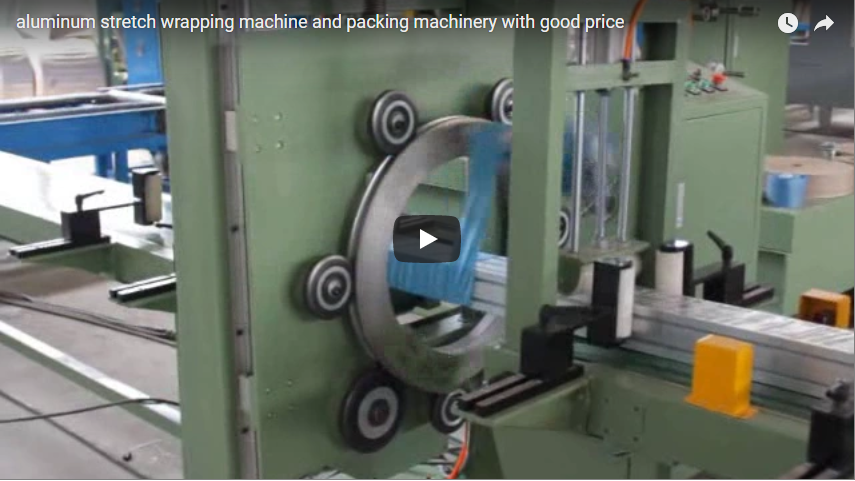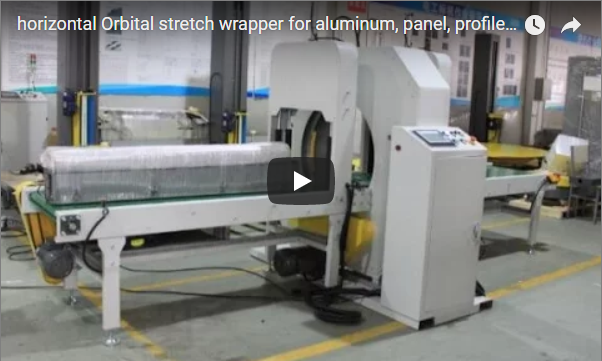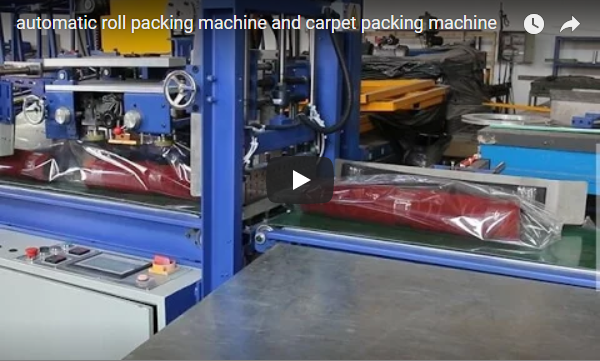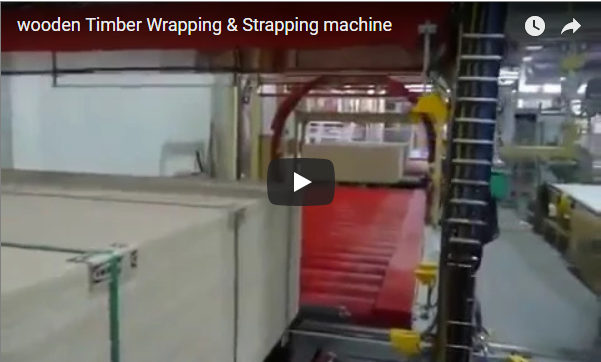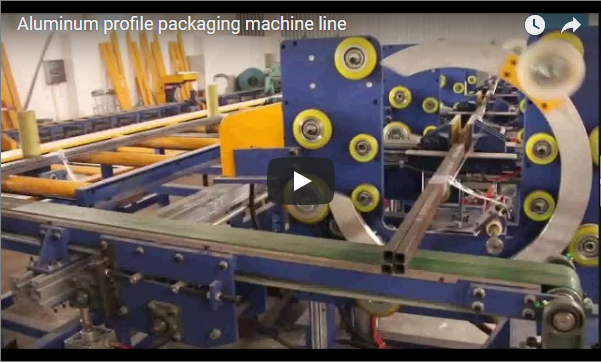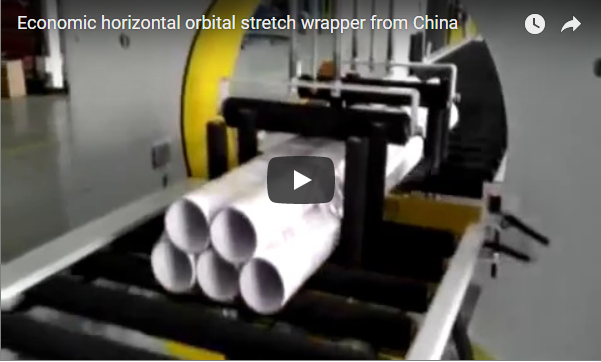In the high-volume world of board and panel production, maintaining operational efficiency is paramount. For manufacturers, particularly those with significant output like facilities in Thailand, the final packaging stage often becomes a critical bottleneck, restricting overall plant throughput despite upstream automation advancements. This article delves into an advanced solution designed to eliminate this constraint: the automated six-side board packing machine, engineered for comprehensive protection and seamless integration.
1. The Packing Predicament: A Production Line Bottleneck
Consider a modern board manufacturing facility: panels move swiftly through cutting, sanding, and finishing processes, driven by automation. Yet, at the line's end, productivity often dips. Manual or semi-automatic packing methods struggle to keep pace. Workers manually handling large, heavy stacks, operating outdated pallet wrappers – these scenes are common. This reliance on manual intervention not only throttles production speed but inflates labor costs, increases the risk of handling damage, and introduces inconsistencies in package quality. For warehouse and production managers, this bottleneck directly impacts On-Time Delivery rates and overall operational equipment effectiveness (OEE), representing a significant opportunity cost. The disparity between automated production and manual packing becomes a critical issue demanding a robust, automated solution.
2. The Solution: Automated Six-Side Wrapping Technology
Addressing this challenge requires a shift towards comprehensive automation. The automated six-side board packing machine represents a leap forward, designed specifically for industries handling large flat panels like engineered wood, furniture components, or building materials. This system fully encases board stacks on all six sides using protective film (typically PE or stretch film), providing superior protection against moisture, dust, and handling damage during transit and storage.
- Concept: Unlike traditional wrapping that primarily secures the load to a pallet, six-side wrapping creates a complete, sealed envelope around the product stack.
- Integration: Designed for seamless integration, it connects directly to upstream production outputs and downstream conveying or warehousing systems.

six sides automatic horizontal stretch wrapper 3. Technical Deep Dive: Design, Components, and Operation
Understanding the machine's engineering provides insight into its capabilities and reliability, crucial for fabricators evaluating capital equipment.
3.1 Design Philosophy & Structure
- Robustness: Built with heavy-gauge steel frames to withstand demanding industrial environments (24/7 operation).
- Modularity: Often designed in modules (infeed, wrapping station, outfeed) for easier transport, installation, and maintenance.
- Flexibility: Engineered to handle a wide range of product dimensions through adjustable guides, sealing bars, and film feeds. Customization is key.
- Accessibility: Thoughtful design includes access points for maintenance and film roll changes, minimizing downtime.
3.2 Key Components Breakdown
- Infeed Conveyor: Typically powered roller or belt conveyors that receive the board stack from the production line. May include sensors for stack detection and positioning.
- Centering & Squaring Unit: Automatically positions the stack precisely within the wrapping zone using pneumatic or electric actuators, ensuring consistent wrapping.
- Film Dispensing System: Features multiple film carriages (often top and bottom) equipped with pre-stretch capabilities (up to 250-300%) to optimize film usage and load containment. Film specifications (type, gauge, width) are critical parameters. [Example: Compatible with PE film, 50-100 micron thickness].
- Wrapping Frame/Ring (if applicable): Some designs use a rotating ring or frame to apply film, while others move the pack through stationary film webs.
- Sealing & Cutting Mechanism: Utilizes heat bars, impulse sealers, or hot knives to create strong, reliable seals on all sides and automatically cut the film after wrapping. Precision temperature and pressure control are vital.
- Outfeed Conveyor: Transports the fully wrapped stack out of the machine, often integrating with palletizers or automated guided vehicles (AGVs).
- Control System: Typically managed by a Programmable Logic Controller (PLC) (e.g., Siemens, Allen-Bradley) with a Human-Machine Interface (HMI) touchscreen for operation monitoring, parameter adjustments (wrap patterns, tension), and diagnostics. Ethernet/IP or Profinet capabilities allow integration with plant-level control systems (MES/SCADA).
- Safety Features: Conforms to international safety standards (e.g., ISO 13849) with safety interlocks, light curtains, emergency stops, and physical guarding.
3.3 Typical Operational Sequence
- Board stack arrives at the infeed conveyor.
- Stack is automatically centered and squared.
- Sensors detect stack dimensions (or use pre-programmed recipes).
- Film is dispensed, enveloping the stack (top, bottom, sides).
- Longitudinal and transverse seals are made.
- Film is automatically cut.
- Wrapped stack transfers to the outfeed conveyor.
4. Technical Specifications Comparison (Example Data)
| Feature | Manual/Semi-Auto Wrapping | Automated Six-Side Wrapping Machine |
|---|---|---|
| Packing Speed | 5-10 Stacks/Hour (Est.) | 20-60+ Stacks/Hour (Model Dep.) |
| Labor Requirement | 2-3 Operators | 0-1 Operator (Monitoring) |
| Package Protection | Sides & Top (Often) | All Six Sides (Water/Dust Proof) |
| Film Consumption | Higher (Manual variation) | Optimized (Pre-stretch, Auto Cut) |
| Consistency | Variable | High & Repeatable |
| Max Pack Size (LWH) | Variable | Up to 2200 x 1400 x 1200 mm (Typical) |
| Min Pack Size (LWH) | Variable | Down to 1000 x 1000 x 600 mm (Typical) |
| Control System | Basic/Manual | PLC with HMI, Recipe Management |
| Integration | Difficult | Designed for Line Integration |
| Safety | Basic | Comprehensive Safety Systems |
(Note: Specific values vary significantly based on machine model and configuration. The table provides illustrative comparisons.)
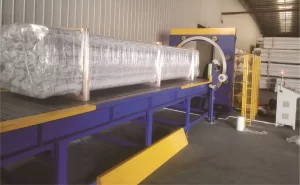
5. Performance Gains & ROI: A Fabricator's Perspective
Implementing an automated six-side packing system yields tangible benefits directly impacting the bottom line:
- Increased Throughput: Dramatically elevates packing speed to match upstream production capacity, eliminating bottlenecks. Increases of 50-200% in packing output are common.
- Reduced Labor Costs: Reassigns manual packing labor (often 2-3 operators per shift) to higher-value tasks. Payback periods based on labor savings alone can be compelling.
- Improved Product Protection: Consistent, complete wrapping minimizes damage during shipping and handling, reducing returns and customer complaints. Waterproofing is a significant advantage for many board products.
- Enhanced Safety: Removes operators from potentially hazardous manual lifting and machine interaction tasks.
- Material Savings: Automated pre-stretch and precise cutting significantly reduce film consumption compared to manual methods.
- Professional Appearance: Uniform, tightly wrapped packs enhance brand image.
For the Thailand board producer example, automating the packing line translates to faster order fulfillment, reduced operational costs, and the ability to fully leverage their production line upgrades, ultimately improving market competitiveness.
6. Seamless Integration and Customization
A key advantage is the machine's ability to be tailored:
- Line Integration: Designed to communicate with upstream and downstream equipment for smooth product flow (e.g., receiving signals from saws, sending signals to palletizers).
- Size Flexibility: Can be configured for specific or wide-ranging board dimensions (length, width, height).
- Film Handling: Adaptable to different film types (PE, shrink, stretch) and thicknesses based on protection requirements and cost considerations. External authoritative source on packaging films: [Link to a reputable packaging industry association or publication, e.g., PMMI].
7. Choosing and Implementing the Right System
Selecting the optimal machine involves assessing:
- Required Throughput: Match machine speed to production output.
- Product Range: Ensure the machine handles all required sizes and weights.
- Space Availability: Consider the machine's footprint within the facility layout.
- Budget: Balance initial investment against long-term ROI.
- Vendor Support: Evaluate installation assistance, training programs, and after-sales service availability.
8. Conclusion: Future-Proofing Your Packing Operations
In today's competitive manufacturing landscape, optimizing every stage of production is crucial. The automated six-side board packing machine offers a robust, efficient, and protective solution to the common end-of-line bottleneck. By investing in this technology, board producers can significantly enhance throughput, reduce costs, improve product quality, and create a safer working environment – critical factors for sustained growth and profitability.
9. Contact Us Now
Ready to eliminate your packaging bottleneck and enhance your production efficiency? Schedule a consultation with our packaging automation experts. We can analyze your specific requirements, demonstrate the capabilities of our six-side wrapping solutions, and develop a customized proposal tailored to your facility's needs. Contact us today to explore how automated packing can transform your operations.
10. Frequently Asked Questions (FAQs)
- How long does installation and integration typically take?
- Standard installation and integration into an existing line usually take 3-7 days, depending on site readiness and the complexity of interfacing with existing equipment. Our technical team coordinates closely with your staff to minimize disruption.
- What types of packing film can the machine use?
- The machine is typically designed for Low-Density Polyethylene (LDPE) film but can often be adapted for other materials like stretch film or shrink film upon request. Film thickness compatibility usually ranges from 50 to 120 microns. We recommend discussing your specific film requirements during consultation.
- What maintenance is required for the automatic board packing machine?
- The system is designed for durability and requires standard preventive maintenance: routine lubrication, inspection of wear parts (sealing bars, cutting blades), sensor checks, and pneumatic/electrical system reviews. We provide a detailed maintenance schedule and comprehensive training for your personnel. Ongoing technical support is also available. [Link to an external resource on industrial machinery maintenance best practices].
- Can the machine be integrated with our existing factory control system (MES/ERP)?
- Yes, modern machines typically feature PLCs with communication protocols like Ethernet/IP, Profinet, or Modbus TCP, allowing for data exchange (e.g., production counts, machine status, fault codes) with higher-level plant management systems. Discuss specific integration needs with the vendor.
- What is the typical energy consumption?
- Energy consumption varies by model and operational speed but typically ranges from 15 kW to 30 kW, primarily for conveyors, actuators, and the heat-sealing system. Specific figures will be provided based on the proposed machine configuration.

